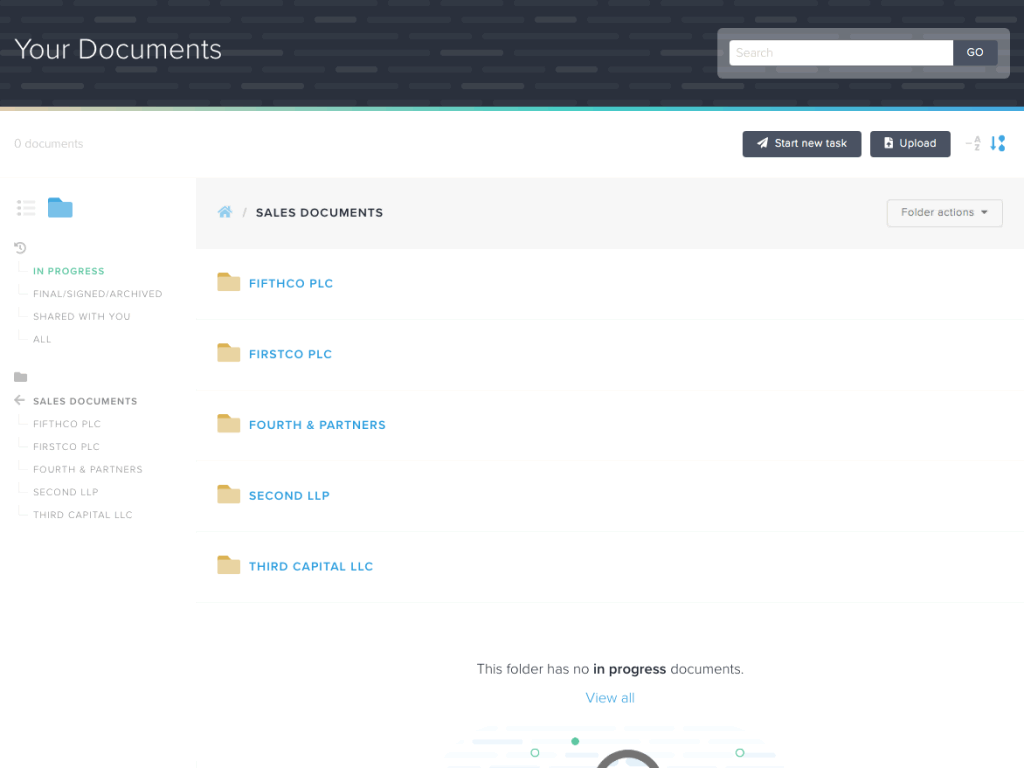Introducing templates and documents
Your workflows will probably involve you/your users creating of one or more documents. Sometimes a document will need to be signed. Sometimes it just needs to be created and finalised. You might also want to have someone upload a document or complete a form. Plainly allows you to do all of this (and more) as part of a workflow.
As such, templates/documents are key building blocks in the Plainly platform.
Templates
On Plainly, all documents are created from templates. Templates are pre-built with:
- text;
- user inputs (i.e. 'variables' - about which more below); and
- basic logic (about which more below).
Templates greatly speed up document-creation, reduce scope for errors and ensure that users are always using the latest versions with the correct wording and that branding and terminology is consistent.

A number of different document-types can be made from templates, depending on what you want to achieve:
- Standard - a document is created and e-signed via Plainly.
- Form - a form is created, completed and (if necessary) e-signed via Plainly.
- Static - a document is created and finalised via Plainly but has no signature block.
- Live - a document is created via Plainly and then exists in a 'live' state where it can be edited at any point.
- By hand - a document is created via Plainly but signed by hand.
- Upload - requires an external PDF document to be uploaded.
Documents

When creating a document, the template will want certain information - e.g. the counterparty's name and document date (or any other user input that you've set up). It will then inject this into the main text of the template and apply any logic.
For example, in a procurement contract, you might collect the purchase price as a user input. Your template could then have an additional section that only shows if the purchase price is above a certain amount.
Documents live in the 'Documents' tab in each user's account. They can be automatically saved into folders and are stored securely to be easily located in future.
